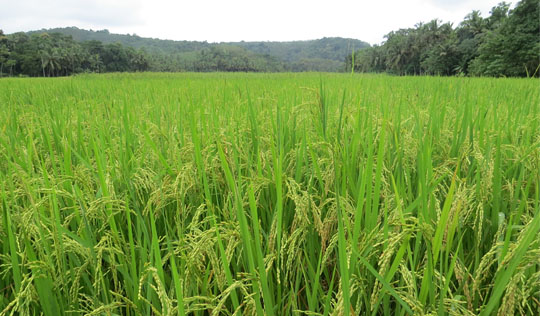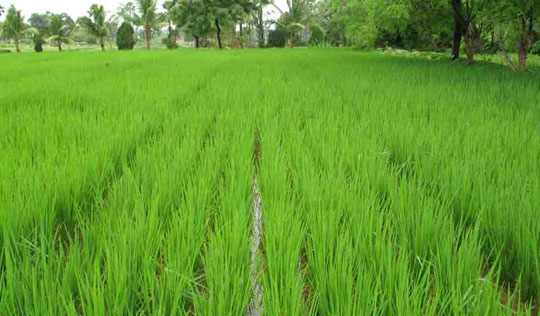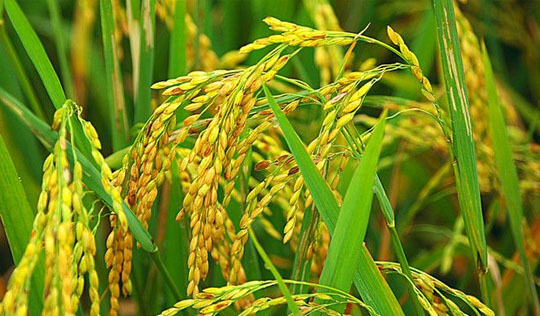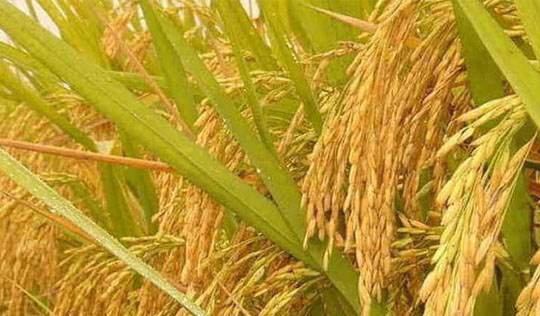14-B, Annamalai Layout,
Post Box No.905, Erode.
Deficiency Symptoms
Lower leaves lose green colour (chlorosis) in the midrib region particularly towards the base. These leaves develop brown rusty spots which unite and form continuous areas. In the case of acute deficiency, the whole leaf turns brown and dry and plant may die. A zinc deficient field gives brown rusty appearance, hence the name Khaira disease. With severe zinc deficiency the stand of rice is uneven in the field.





